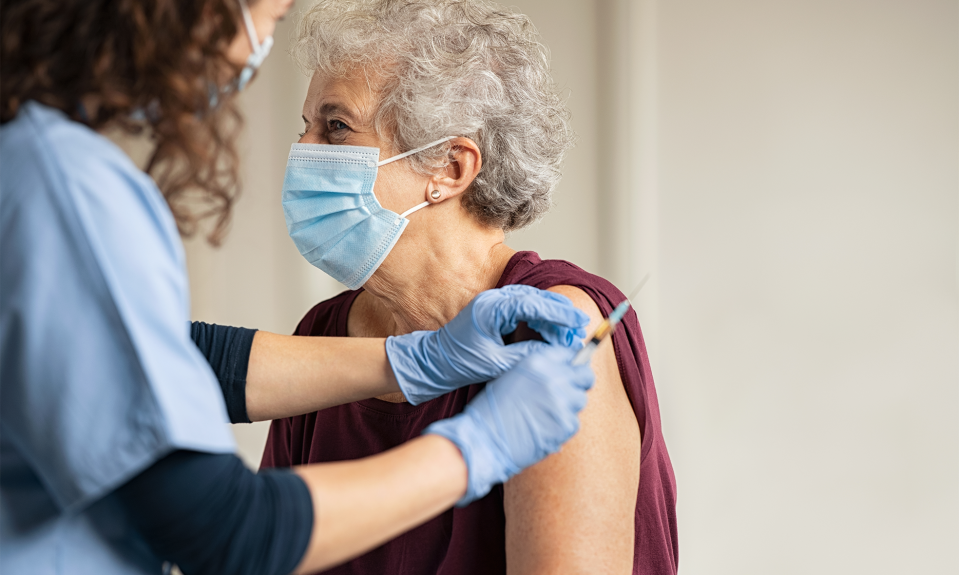If there was ever a time to master the “art of listening,” it is now. Anxious patients, families, colleagues and friends need to talk. We need to listen. But that is a lot more difficult than it sounds.
What happens in a typical a patient-doctor, nurse-patient or social interaction? One of the main complaints we hear from patients and families is that, “I don’t think my doctor or my nurse really listens to me. I don’t believe that I have their full attention.” If you’re a nurse, physician or healthcare professional reading this, what can you do to improve your listening skills?
Although my wife might be surprised that I am giving advice on listening, many of these things translate to home. I’m not claiming to be an expert but age has bestowed a certain amount of listening wisdom. The typical physician-patient interaction demonstrates that we’re not good listeners. We typically wait about 10 to 12 seconds before we interrupt. We are usually thinking about how we’re going to respond rather than exercising “active” listening. If you come to me complaining of headaches and you start to tell me about them, I may already be focused on, “I think this is going to be migraine and this is what I’ll tell you.” I need to focus all of my attention on you and listen to every word.
Beyond 12 seconds
After about 12 seconds, I start asking questions that are going to take me down the path that I want to go. “I” is the operative word. I may want to view things from my own perspective, and I may dread silence. Silence can be good. If I’ll just be quiet and listen for three or four minutes, I’m usually going to get the story. You will know that I actually did listen to you. We all do this—physicians, nurses, therapists, friends and family.
Sometimes the patient/individual will go off on a tangent and you have to redirect them. But, most of the time, we need to be silent for that first three or four minutes.
We can also get distracted by our own important thoughts. As we manage our way through the COVID-19 Pandemic we are all distracted, anxious, angry and tired. Will I get sick? How do I comfort a patient or loved one while cloaked in protective gear? What happened to the healing power of human touch?
What Can You Do?
If you’re a physician, nurse, family member, healthcare worker, ask yourself “How can I stay focused, so the person will know that I am actually listening?” Remember that giving advice is not listening. People want to verbalize their emotions. Coworkers and family members need to feel comfortable telling you that they are worried, afraid and anxious. Listening helps relieve part of their burden. Remember, we don’t have to fix everything.
Be empathetic. One of my campaigns these days is to teach people to say, “I’ll bet this is difficult.” If you want to be a good listener, focus in on what the person is saying and then acknowledge that what they’re going through is a difficult experience. Head nodding is good. It actually shows that you are paying attention.
Finally, you need to give feedback. Once you’ve listened, rather than just going into an explanation of, “Well, this is what we’re going to do,” try saying “my understanding is that you are concerned about …”
These are only a few strategies, but hopefully, we’ll all become better listeners. Oh, did I forget to tell you, it takes practice?
The content of this site is for informational purposes only and should not be taken as professional medical advice. Always seek the advice of your physician or other qualified healthcare provider with any questions you may have regarding any medical conditions or treatments.


